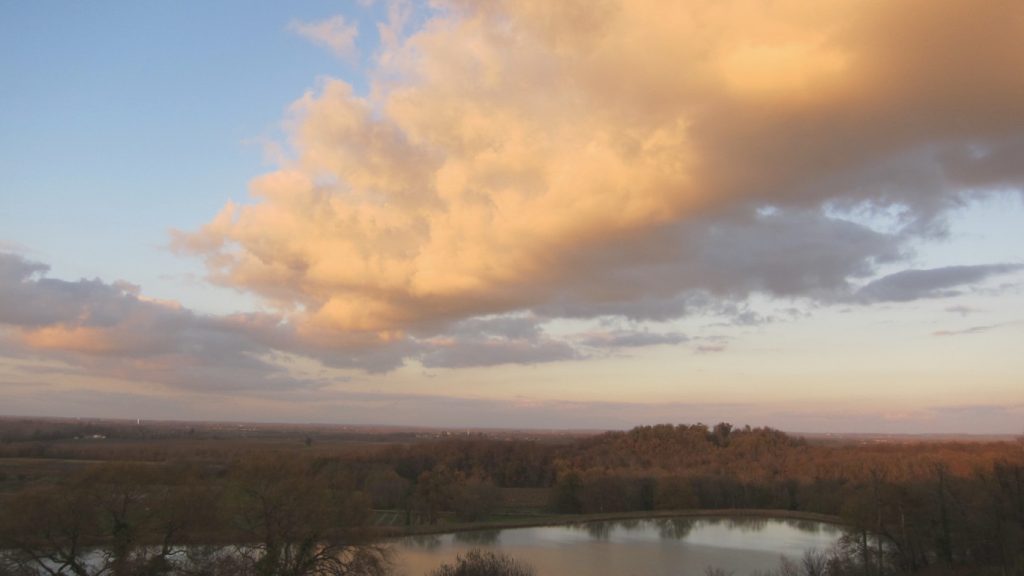In the zone—the cognac-producing areas
As with champagne and many other classic foods and drinks, by law cognac can only be produced in a specified area. In fact, though cognac is synonymous with the town of Cognac, the cognac-producing area is rather larger than some might imagine. It includes three departments in the Poitou-Charentes—much of the Charente, the Charente-Maritime and parts of the Deux-Sèvres.
The cognac area is divided into six different zones or terroirs:
- Grande Champagne
- Petite Champagne
- Borderies
- Fins bois
- Bons bois
- Bois ordinaires—also known as Bois à terroir
How the different cognac growing areas or ‘crus’ came about
French geologist and palaeontologist Professor Henri Coquand, himself a native of the Charente and also a French correspondent for the British science journal Nature, studied the geology of the cognac area in the mid-19th century. Working alongside a specialist taster, he came up with a classification for the different soil types according to the quality of the cognacs they were able to produce. In 1860 this work culminated in the identification of six ‘crus‘ or growing areas. This classification formed the basis for the official decree in 1938 that delineates the current cognac growing areas.
Characteristics of the six terroirs:
Grande-Champagne
Cognac production—13,386 hectares*
This is the premier cru, the heart of cognac country (and the most expensive in terms of land prices). It’s a region of calcareous-lime soils covered with thick layers of Cretaceous chalk where the most prized slopes are to be found. The soil delivers delicate and elegant brandies or eaux-de-vie, ideal for ageing.
Petite Champagne
Cognac production—15,524 hectares
The calcareous/chalky subsoil here is much more compact than in its Grande neighbour. Brandies here are less floral and slightly less subtle than those from the Grande-Champagne. When combined with the eaux-de-vie of the Grande-Champagne, they produce a cognac called ‘Fine Champagne’.
Borderies
Cognac production—4,115 hectares
This very small cru, the Borderies, is characterised by a less limey subsoil, with more clay than its neighbours. Eaux-de-vie from this area are full-bodied, though still delicate. Hazelnut and violet are the words most often used to describe them.
Fins Bois
Cognac production—31,549 hectares
In surface area, this is the biggest terroir of the cognac area. The soils vary, from calcareous-lime to soils of hard Jurassic limestone. More rounded than in Champagne, its eaux-de-vie are mostly used to make the younger cognacs, VS and VSOP.
Bons Bois
Cognac production—9,113 hectares
This vintage surrounds the Fins Bois. As in the Bois Ordinaires area, its soil is a lot less rich in limestone. Its brandies are less renowned than those of Champagne and Fins Bois, which explains the reduced presence of vines in this area. Here mixed growing—where the grapes are also used for wine, pineau or grape juice as well—is the norm.
Bois Ordinaires
Cognac production—1,005 hectares
This is the smallest area of cognac vines, and also the area whose brandies are the least sought after by merchants. However since 2004 cognac producer Camus has taken a gamble on its Ile de Ré range, with an XO and a Fine Island. Eaux-de-vie from these soils are fruitier than those in the other terroirs.
*1 hectare = 2.47 acres
Photo by juseliushausammann.com



